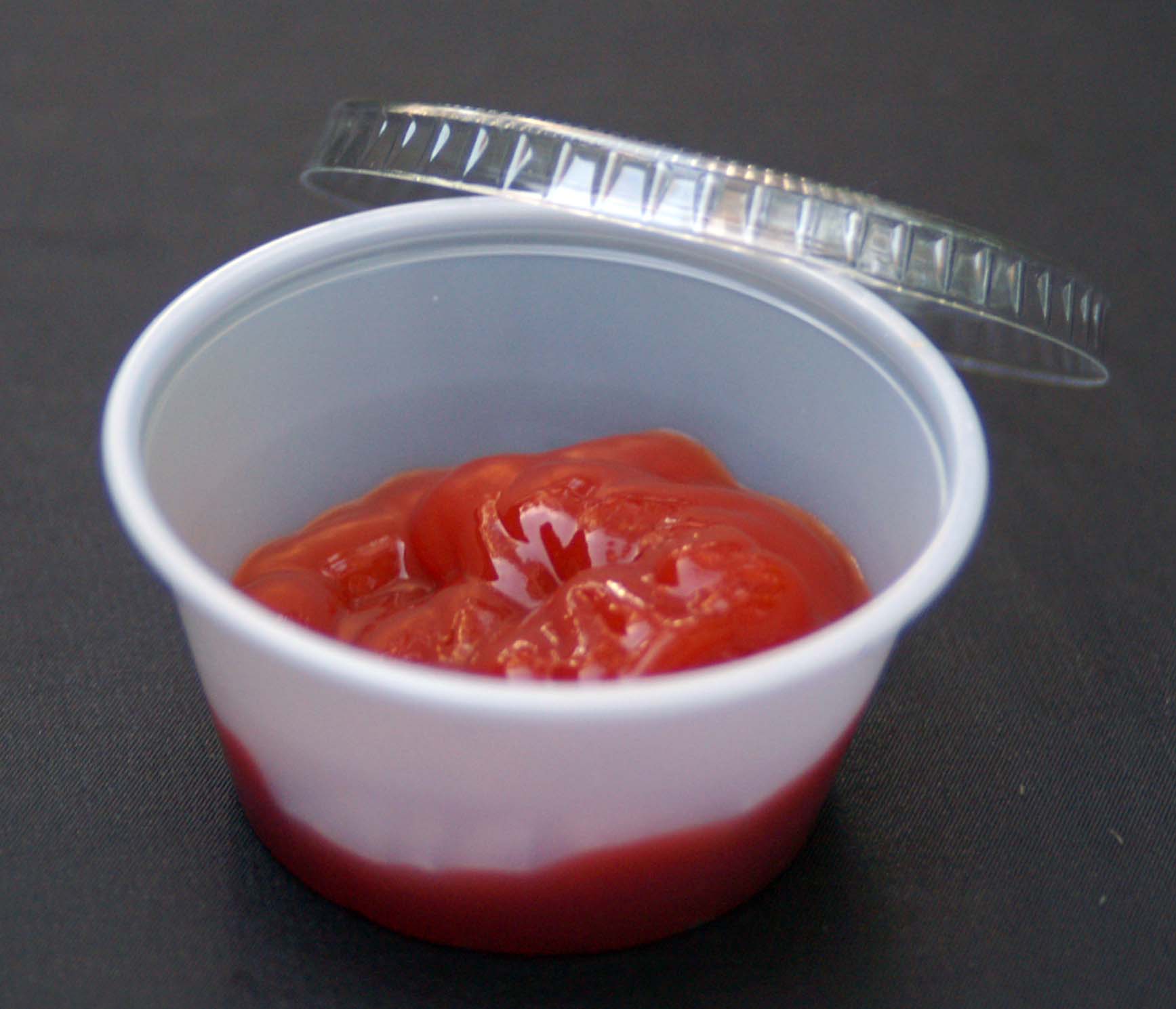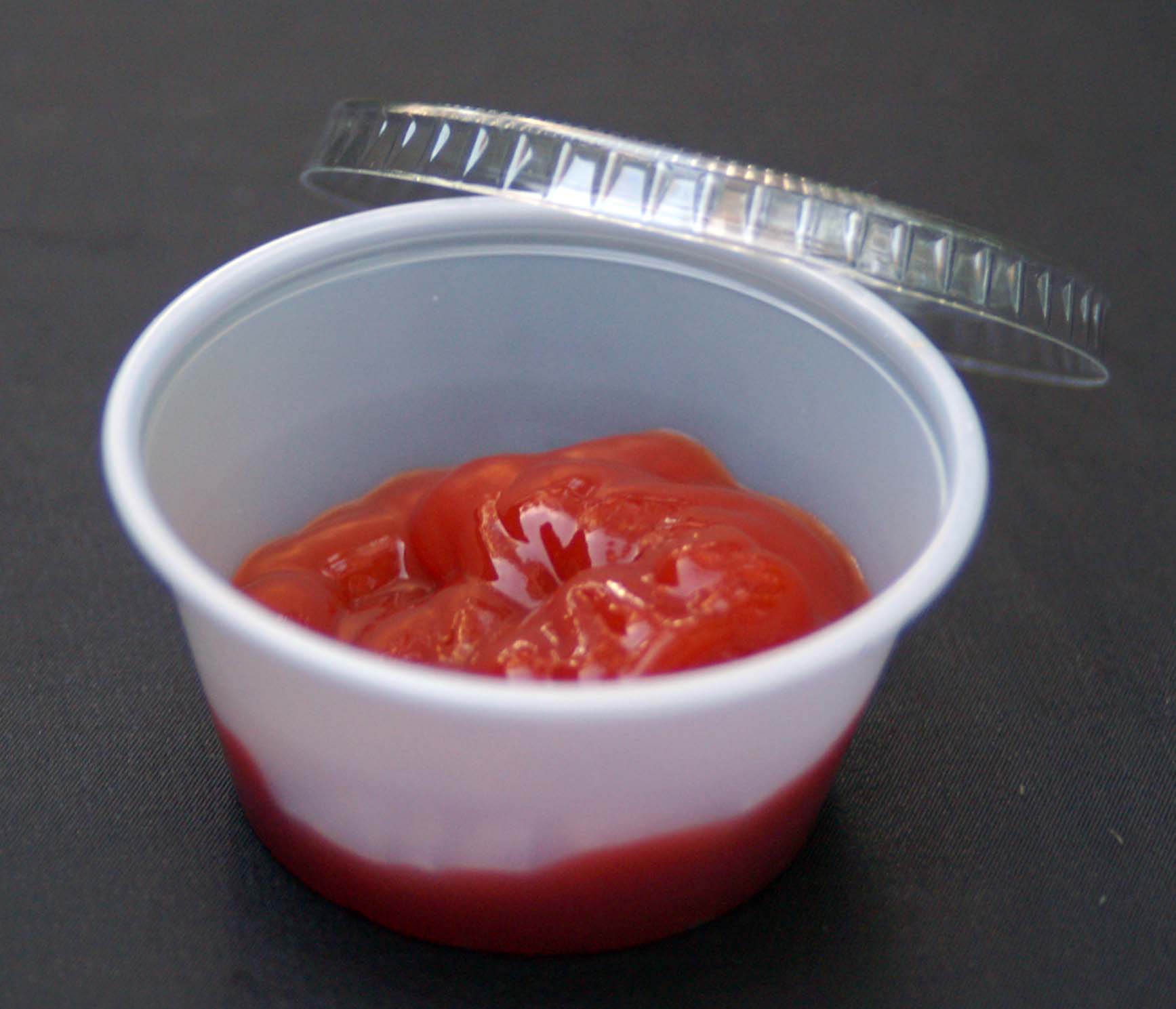Hold the ketchup
If we fill the space between two horizontal plates with a fluid and then move the top plate sideways, we say that the fluid is subject to a shearing force. Viscoelasticity determines how a fluid flows or deforms when a shearing force is applied. “Complex” (non-Newtonian) fluids—pudding, blood, ketchup, toothpaste—are often described as “squishy” or “gooey.” For such fluids, viscoelasticity depends, in a mathematically complex way, on the magnitude of the applied force.
Aditya Khair and Todd Squires, writing in Physical Review Letters, propose a new technique in active microrheology, in which two micron-sized particles are pulled through a complex fluid. The pulling force between the particles is used to determine the nonlinear properties of the fluid viscoelasticity. The authors show that, in principle, varying the pulling speed and direction, as well as the particle spacing, allows for direct measurement of the nonlinear viscoelasticity. They expect the proposed technique to work on a variety of complex fluids, thus opening a new direction in microrheology. – Jane Throwe





